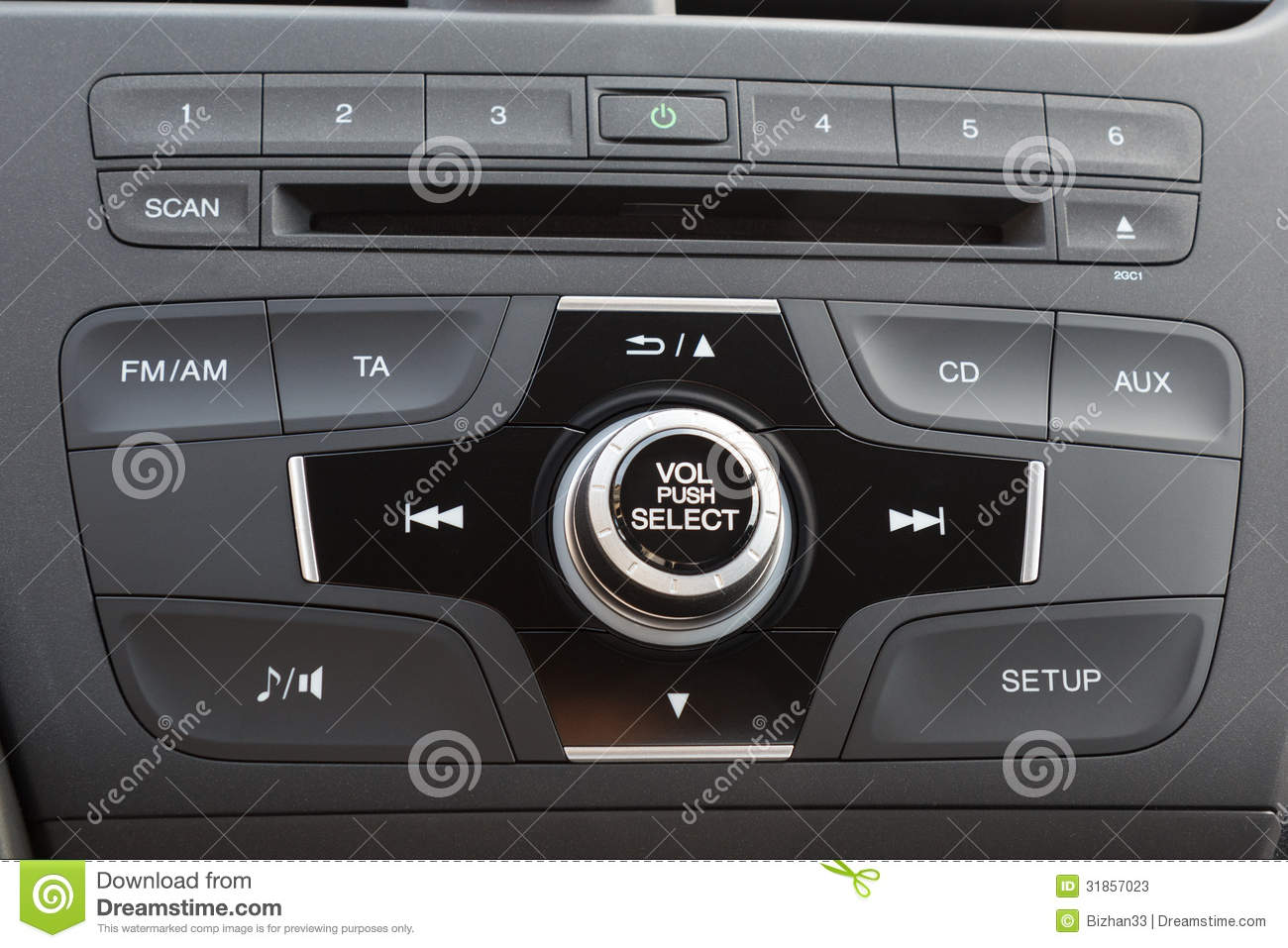Before you purchase any component, plan your system very carefully. You need to consider if you are going to buy the whole system all at once or piece by piece, how much you want to spend and what quality and quantity of sound you want. Are you doing a flashy or stealth installation? Are you keeping your factory panels or are willing to cut your car to achieve better sound? Are you doing the installation yourself, or leave it to a professional?
Sources
The most important part of the system. Get a good head unit from a name brand. If you skimp here, your whole system will suffer. For people that are on a budget: Get good quality head unit without all the bells and whistles. A flip down face with a colorful display looks great, but it won’t necessarily sound better that a regular plain head unit. If you are planning to get amplifiers in the future, get a head unit with RCA outputs.
Speakers
The second most important part of the system. If you are on a budget, just get a nice set of speakers up front and don’t even worry about the rear speakers, amplifiers, etc until you have some more money later on.
Speaker installation is definitely the most important aspect that determines how your whole system sounds. No equalizer or processor can compensate for poorly installed speakers.
Factory locations are usually not acceptable for audiophile quality sound. Speakers should ideally be pointing straight at you. Speakers on each side should be as close to each other as possible with no obstructions. Speakers should be mounted on a good baffle (preferably an enclosure). Difference between left and right speaker distances to your ears should be as small as possible.
The front speakers should also play as low as possible in frequency (ideally 60Hz or less), being able to handle full power. This is where crossovers with high slopes come in to protect the speakers.
Amplifiers
Amplifiers do not only make a system sound louder, they make it sound BETTER. The more power you get, the cleaner the signal going into the speakers. A common misconception is that if a 100 watt amplifier is used on 50 watt speakers, the speakers will burn. This is not true, as long as there is no distortion and the speakers are properly protected with crossovers. More power is always better.
For systems with a lot of power, you might also have to upgrade the car’s electrical system, by getting a high output alternator, capacitors, etc.
Subwoofers
Subwoofers cover low frequencies in the audio spectrum. Subwoofers need to be installed in a box designed specifically for them. Put a subwoofer in the wrong type or size box and it will not perform as it should and could be destroyed.
Subwoofers need a lot of power to play at acceptable levels without distortion.
Matching subs (and speakers) to amplifiers
This is a very important aspect of system planning that is often overlooked. Amplifiers are designed to provide maximum power at a certain impedance. An amplifier at this maximum level will be under more stress and produce more heat, so mounting location also becomes important. Professional installers wire subs (and speakers) in parallel and/or series combinations to obtain a load that will make the amplifier perform at full power.
Processors
Many people believe that they need to have an equalizer, center channels, rear speakers, etc for better sound and compromise by buying cheaper components. A properly designed system will sound great without the need for all this other components.
If you have the money and are an audiophile or into competition, then this “extra” components can become important.
Upgrading
Always keep in mind future upgrades when buying audio gear. For example, let’s say you are low on funds and want to add two subwoofers and an amplifier. Since powerful amplifiers are expensive, you can get a 2-channel amplifier to drive the subwoofers at acceptable levels. Later on, when you have more money, you can buy an identical amplifier and power each sub with an amplifier in bridged mode for more bass. If you planned carefully, the impedance’s of your subwoofers will match the amplifiers for maximum output in the bridged configuration.
Cheap Components
Buying better quality components will definitely increase system performance. Although name brands are more expensive, they are more reliable (read: will last longer).
For people on tight budgets, it is better to save for a better component and take longer building a better system one component at a time
Installation
Even though you will save money and learn something new by doing the installation yourself, sometimes it is better to pay a professional to do things that might be a bit over your head. An experienced installer has many years of experience that will definitely make a difference in your system’s performance and reliability. If something goes wrong, you can always go back and have them fix the problem. Many manufacturers offer and extended warranty period if the equipment is installed by an authorized professional.

Car Audio – System Design
by
Tags:

Leave a Reply